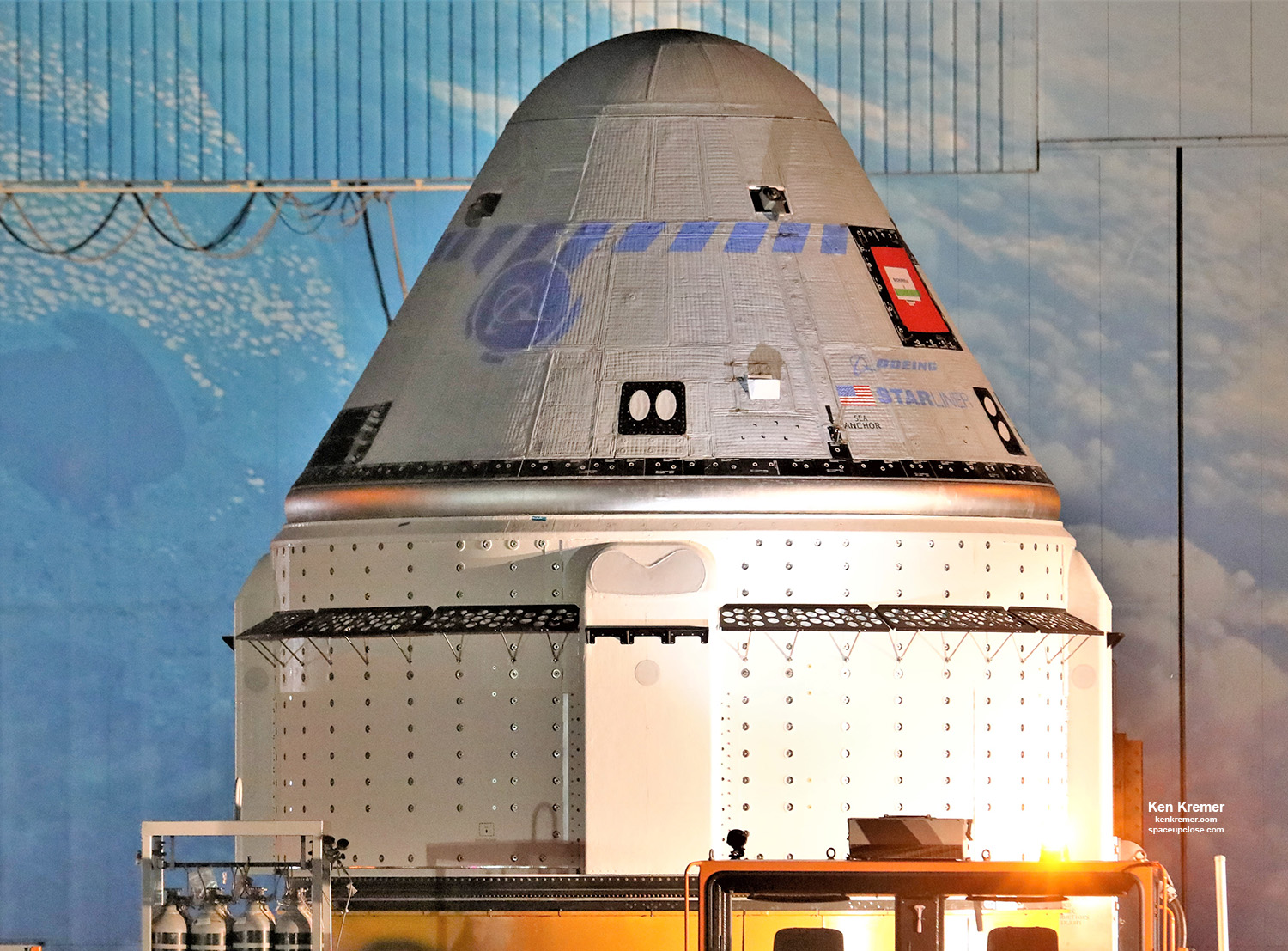
For SpaceUpClose.com & RocketSTEM
CAPE CANAVERAL, FL – As the Boeing team continues to implement hardware and software changes recommended by the joint review team, NASA’s Commercial Crew Program is targeting no earlier than Dec. 2020 for launch of a 2nd uncrewed test flight of the firms Boeing CST-100 astronaut space taxi to the International Space Station.
“The Commercial Crew Program currently is targeting no earlier than December 2020 for launch of the uncrewed Orbital Flight Test-2 (OFT-2) pending hardware readiness, flight software qualification, and launch vehicle and space station manifest priorities,” NASA said in a statement.
The goal of a second uncrewed test flight OFT-2 is to verify the space taxi is safe and reliable enough to be entrusted to launch NASA astronauts in the future to the International Space Station (ISS).
The original OFT test flight failed to dock at the ISS as planned following launch on 20 December 2019 when a mission elapsed timing error caused the maneuvering thruster to fire longer than planned and expend excess precious fuel and place the ship in the wrong orbit.
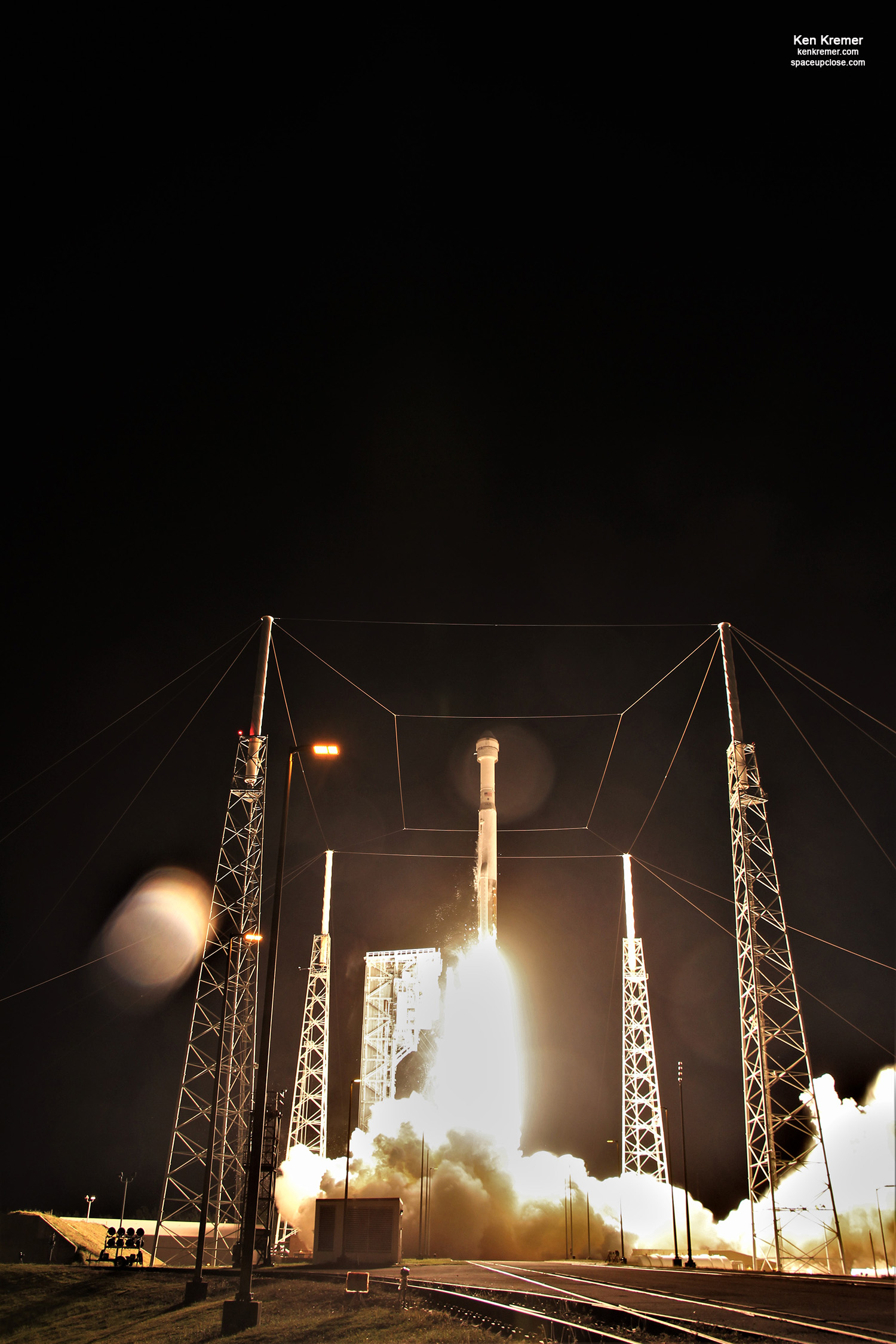
The joint review team recommended over 60 changes for Boeing to implement prior to flying OFT-2.
“Over the summer, Boeing’s Starliner team focused on readying the next spacecraft for its upcoming flight tests as well as making improvements identified during various review processes throughout the beginning of the year.”
The Boeing team is carrying out the final assembly of the crew and service modules that will fly OFT-2 to the ISS – at work inside of the company’s Commercial Crew and Cargo Processing Facility (C3PF) at NASA’s Kennedy Space Center in Florida.
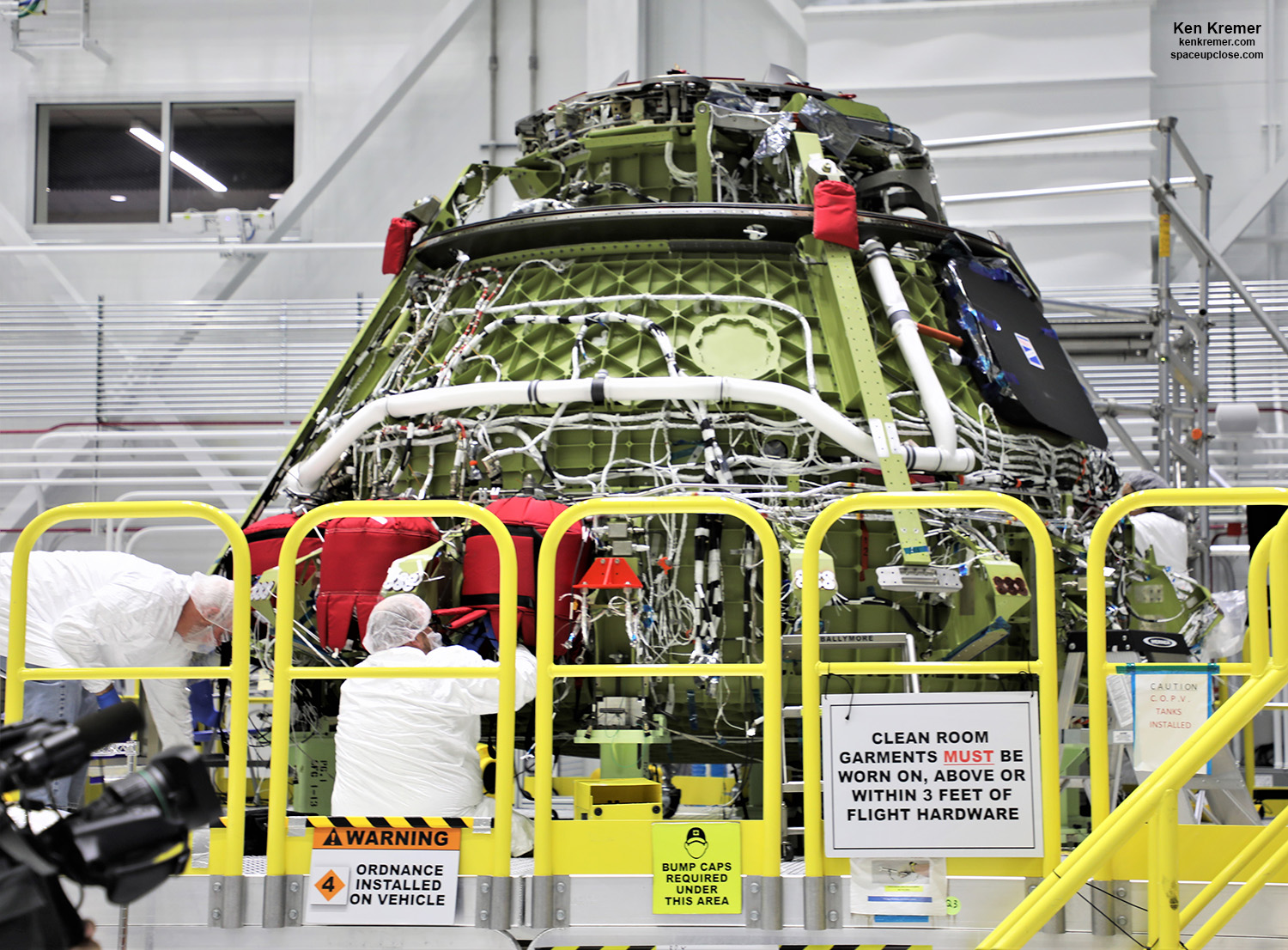
The OFT-2 mission will fly a new, reusable Starliner crew module already being manufactured as a way of providing additional on-orbit experience for the operational teams prior to flying missions with astronauts.
Starliner wil launch atop the United Launch Alliance Atlas V rocket.
Here are further details from NASA:
“With the majority of assembly complete, recent progress is focused on the NASA docking system re-entry cover, which was added to the design for additional protection of the system. The team also has completed the installation of the Starliner propellant heater, thermal protection system tiles and the air bags that will be used when the spacecraft touches down for landing. As final production activities continue to progress, the crew module recently entered acceptance testing, which will prove out the systems on the spacecraft before it’s mated with its service module.
In Houston, the software team is nearing the final stages of modifying and re-verifying the flight code after the first uncrewed flight test. As part of that effort, the team recently began a major milestone called Formal Qualification Testing, which is a comprehensive test of flight software and an important step in preparing for an end-to-end mission rehearsal test.
Boeing also remains focused on incorporating the recommendations from the joint NASA-Boeing Independent Review Team with almost 75% of the 80 proposed actions implemented. The independent team was formed to review anomalies experienced during OFT, which led to Starliner not reaching its planned orbit or docking to station as planned, and to provide recommendations to ensure a robust design for future missions. In addition to opting to re-fly its uncrewed flight test, Boeing elected to comprehensively implement all of the recommendations provided by the review team.
Following a successful OFT-2, Boeing will focus full attention on preparations for its final flight test with astronauts and is already completing work on the Crew Flight Test spacecraft in parallel. Teams continue refurbishing the crew module flown on Starliner’s first uncrewed flight test for reuse with astronauts. After removing and conducting checkouts on various systems and flight hardware, Boeing is preparing to reassemble the vehicle for flight. Soon, outfitting of the crew module’s interior will begin along with packing parachutes and airbags ahead of installation. The vehicle’s NASA Docking System has been modified to accommodate the new cover, and outfitting of subsystem components continues on the spacecraft’s brand new service module.
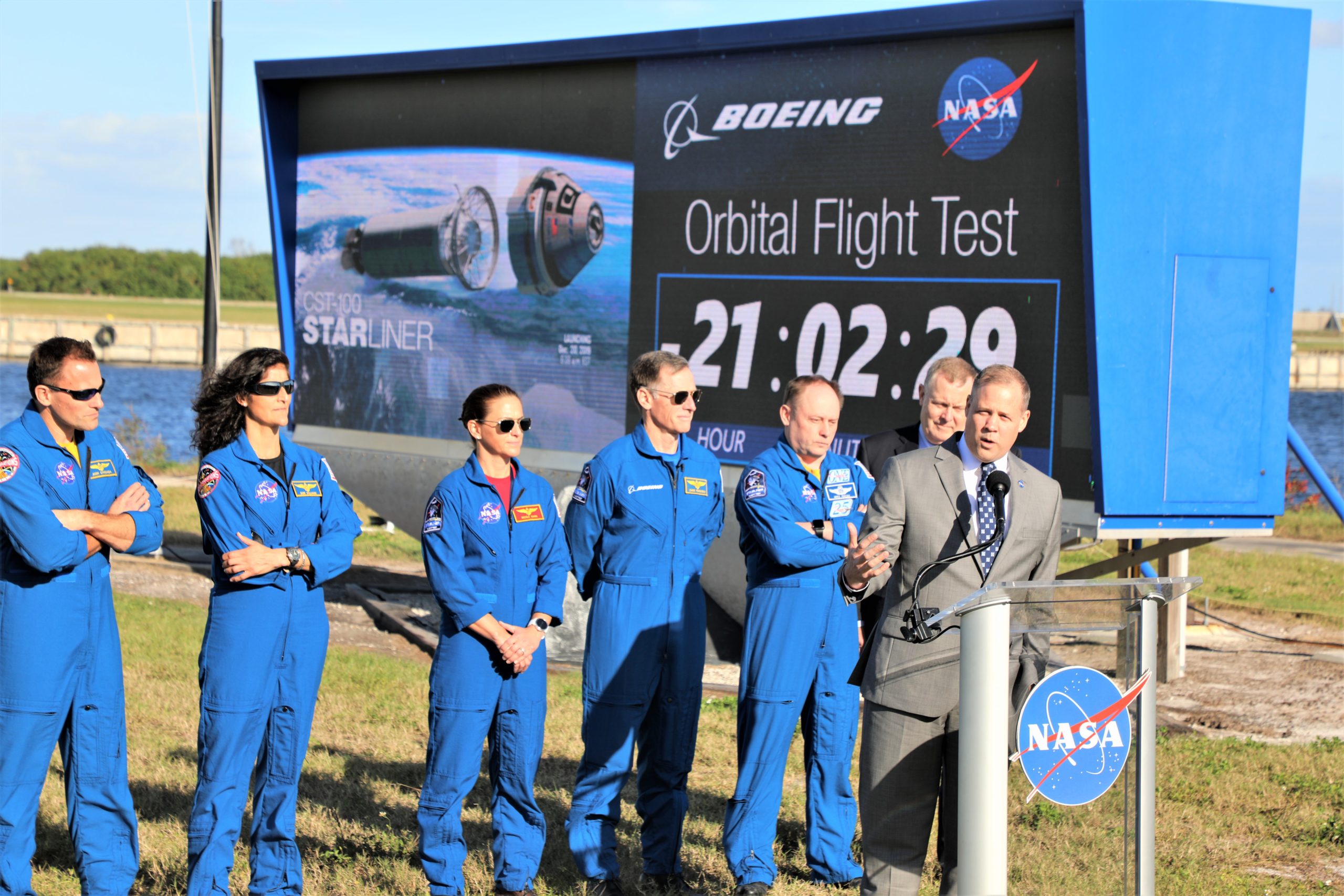
Crew Updates and Target Flight Schedules
In advance of the OFT-2 mission, flight control teams from NASA and Boeing completed an integrated launch-to-docking simulation in August with additional mission simulations on the horizon as the teams fine-tune flight rules and procedures.
After a successful OFT-2, Boeing and NASA will fly Starliner’s first crewed mission, the Crew Flight Test, currently targeted for no earlier than June 2021, with the first post-certification mission, called Starliner-1, tentatively scheduled for no earlier than late December 2021.
The CFT crew members are Boeing astronaut Chris Ferguson and NASA astronauts Mike Fincke and Nicole Mann.
In addition to training for living and working on station, astronauts continue to work closely with Starliner test teams. Several crew members plan to participate in ongoing acceptance testing of the OFT-2 crew module inside the C3PF.
Recently, the CFT crew helped test software updates with real flight hardware in Boeing’s Avionics and Software Integration Lab in Houston. They practiced performing manual separation events for several low likelihood contingencies, demonstrating the software improvements had no adverse effect on controls needed to stay safe in any situation. The crew also participated in procedural dry runs for future life support tests with the Starliner spacecraft in Florida. Later this year, the CFT crew will be suited inside the spacecraft with the vehicle providing all of their life support.”
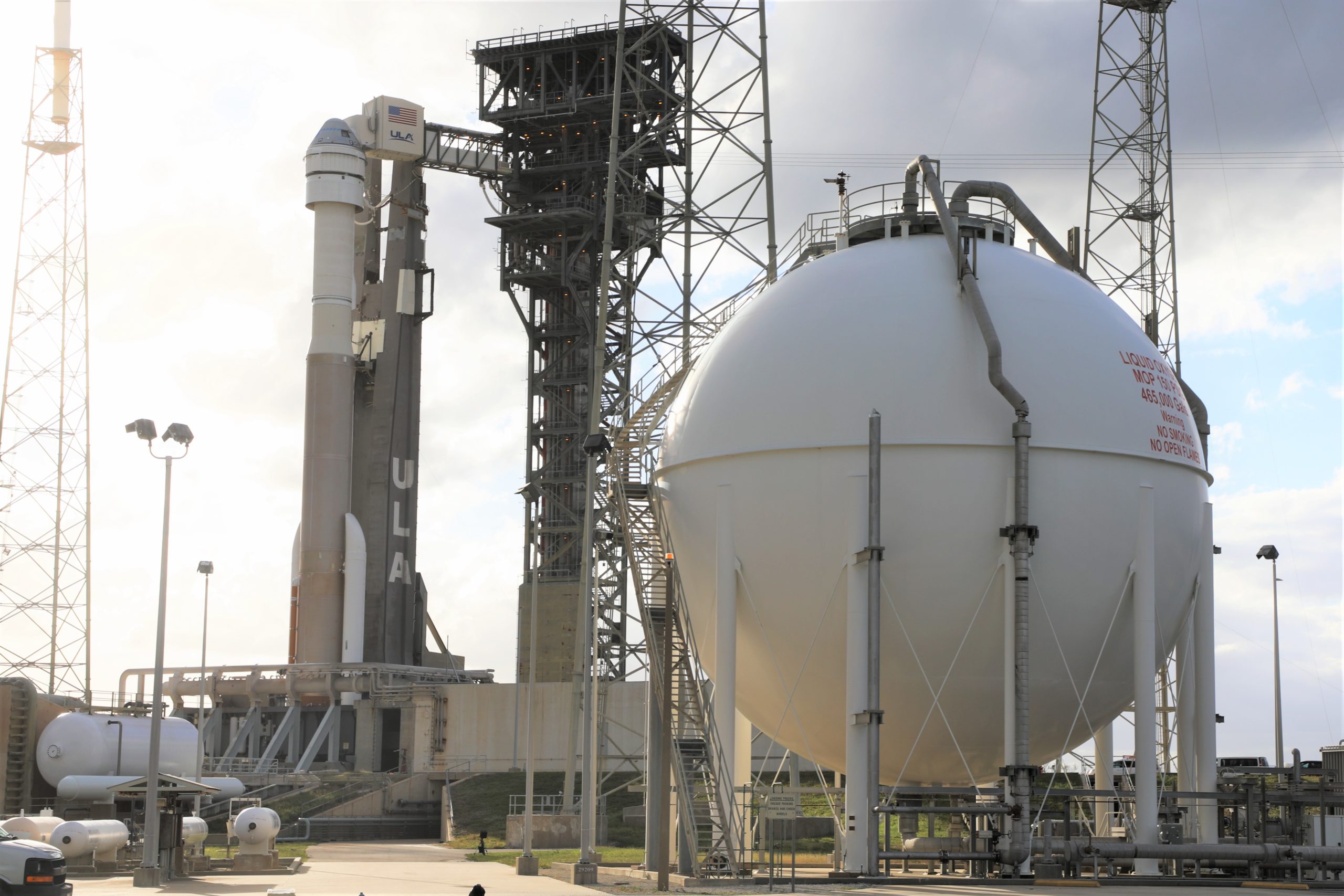
…..
Watch Ken’s continuing reports about Commercial Crew and Artemis and onsite for live reporting of upcoming and recent SpaceX and ULA launches including Demo-2, Starlink, X-37B, Solar Orbiter, Mars 2020 and more at the Kennedy Space Center and Cape Canaveral Space Force Station.
Stay tuned here for Ken’s continuing Earth and Planetary science and human spaceflight news: www.kenkremer.com –www.spaceupclose.com – twitter @ken_kremer – email: ken at kenkremer.com
Dr. Kremer is a research scientist and journalist based in the KSC area, active in outreach and interviewed regularly on TV and radio about space topics.
………….
Ken’s photos are for sale and he is available for lectures and outreach events
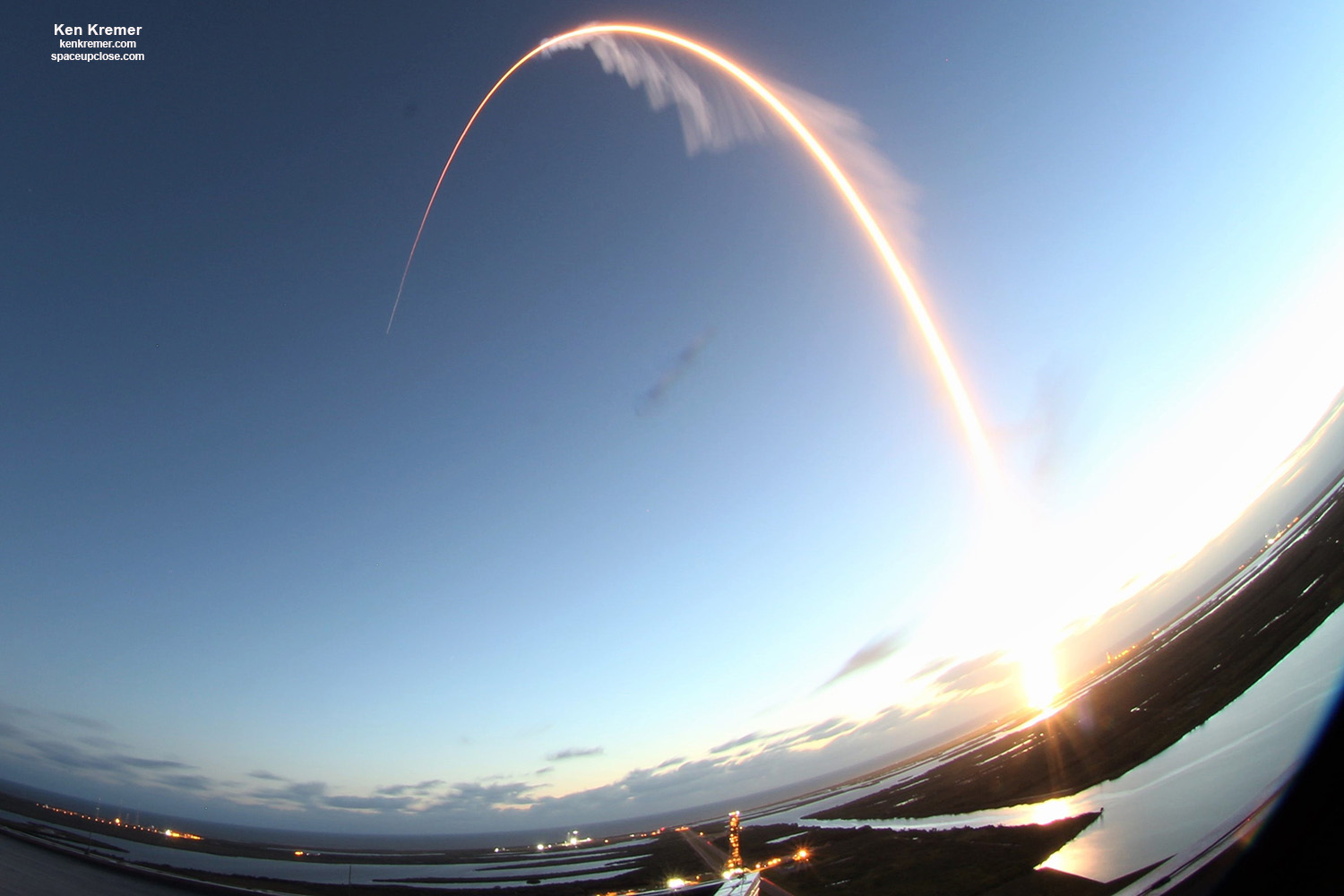
x



